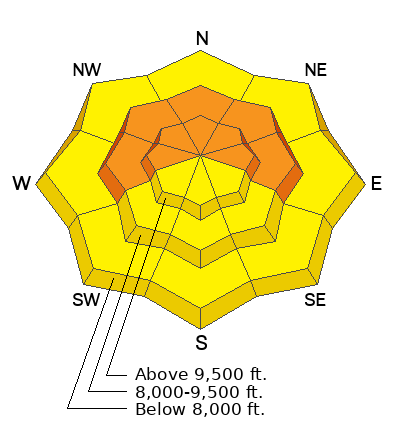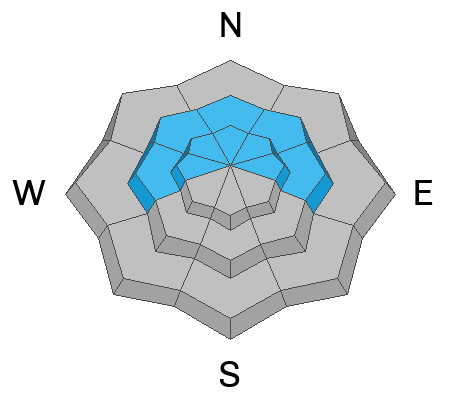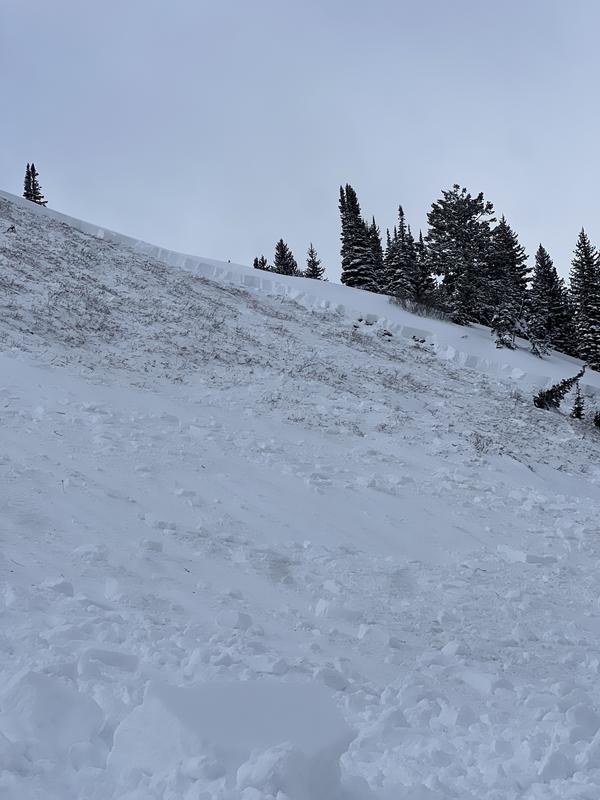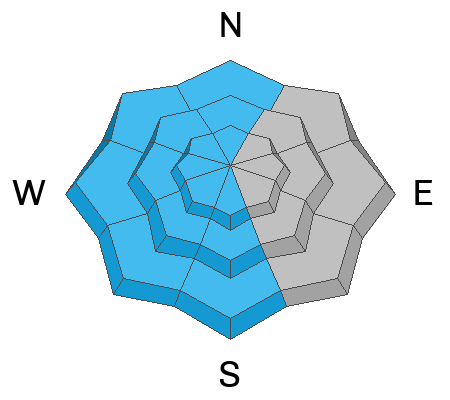Forecast for the Salt Lake Area Mountains

Issued by Drew Hardesty on
Tuesday morning, January 7, 2025
Tuesday morning, January 7, 2025
The avalanche danger is CONSIDERABLE. You can trigger large avalanches 2-4'+ thick failing on an old persistent weak layer of faceted snow. You will be able to trigger them from a distance or from below. The most likely place to trigger one of these avalanches is on (or beneath) steep west to north to east facing slopes at the mid and upper elevations.
Watch for blowing and drifting snow with the winds from the EAST at all elevations today.

Low
Moderate
Considerable
High
Extreme
Learn how to read the forecast here









